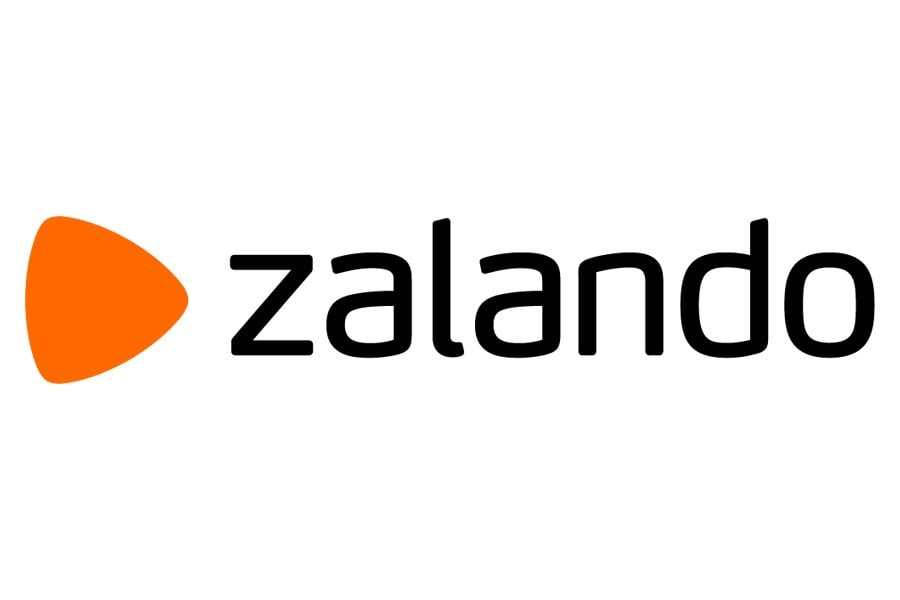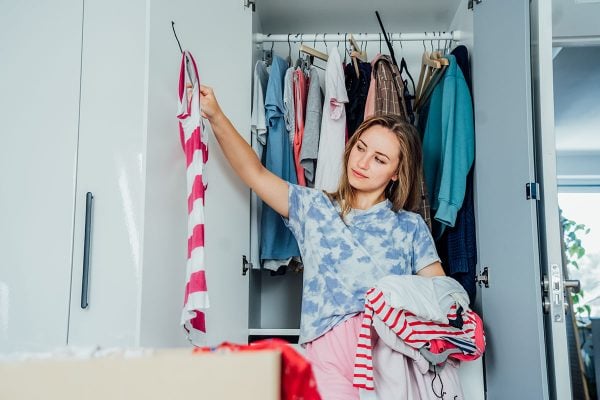If you sell shoes, clothing or accessories you should be interested in Zalando. They recently announced expansion in Europe and, with 20 million active buyers and a 7.4% share of the Western Europe $42bn market, things are looking great for the company.
Last week the FT carried an interesting interview (subscription required) with Rubin Ritter, Zalando’s co-chief executive, pointing out that Amazon is gaining ground with 5.9% market share. However Rubin points out that Amazon’s model is a pile it high sell it cheap proposition and they have no more than 20-25% overlap in product set – put simply, Zalando’s typical customer is much more interested in fashion than the typical Amazon customer which is why they shop on Zalando in the first place.
Zalando are winning by partnering with top brands for in season merchandise, unlike Amazon who often compete on price which often means end of season or unbranded goods. To differentiate themselves, Zalando are changing from an online store to a platform where brands can transact directly with the customer and under their Partner Program 2500 stores operated by 200 brands are live on the site.
The FT points out that the Zalando model is attractive to brands as they don’t have to compete on price and sell at the same price point on Zalando as they would on their own website or in retail stores. Contrast this with Amazon where often 3rd party clearance merchants are selling end of line or last season stock and competing on price and you can see the attractiveness of Zalando.
Zalando are also great at personalisation – they know what a customer has previously purchased, what style of clothes and which brands they buy and are able to offer targeted recommendations. Amazon of course would love to do the same, but whereas Zalando only focus on apparel, Amazon try to market across their entire category structure. They don’t have the same in depth knowledge of what fashion you buy but Zalando do of their customers.
The FT article is well worth a read, but what this should be telling you is that if you sell fashion on marketplaces or your own website you should be considering selling on Zalando. if you’re a brand yourself then it’s a bit of a no brainer, however if you’re a fashion retailer it makes sense to take a closer look at the marketplace.
Criteria for selling on Zalando
To be considered to sell on Zalando you must have your own online shop, if you don’t then get a website before you apply to avoid outright rejection. You should sell clothing, shoes, sportswear and equipment or accessories, must offer free delivery and returns, be willing to give a 100 day returns policy, and offer shipping with Hermes.
If you want to apply to sell on Zalando, then email [email protected] to introduce your company.









One Response
Forgot to mention the restriction that HAVE to ship with Hermes.